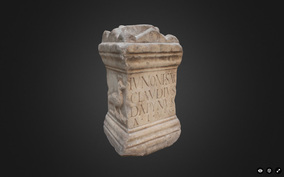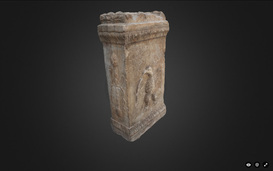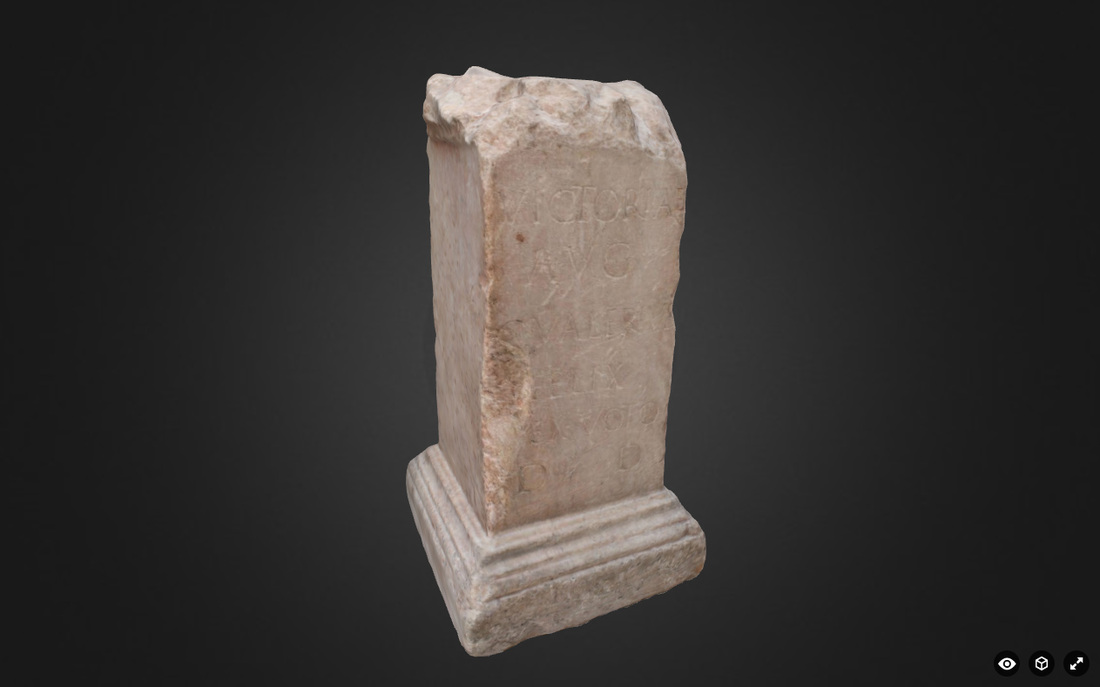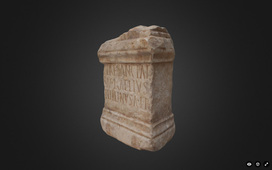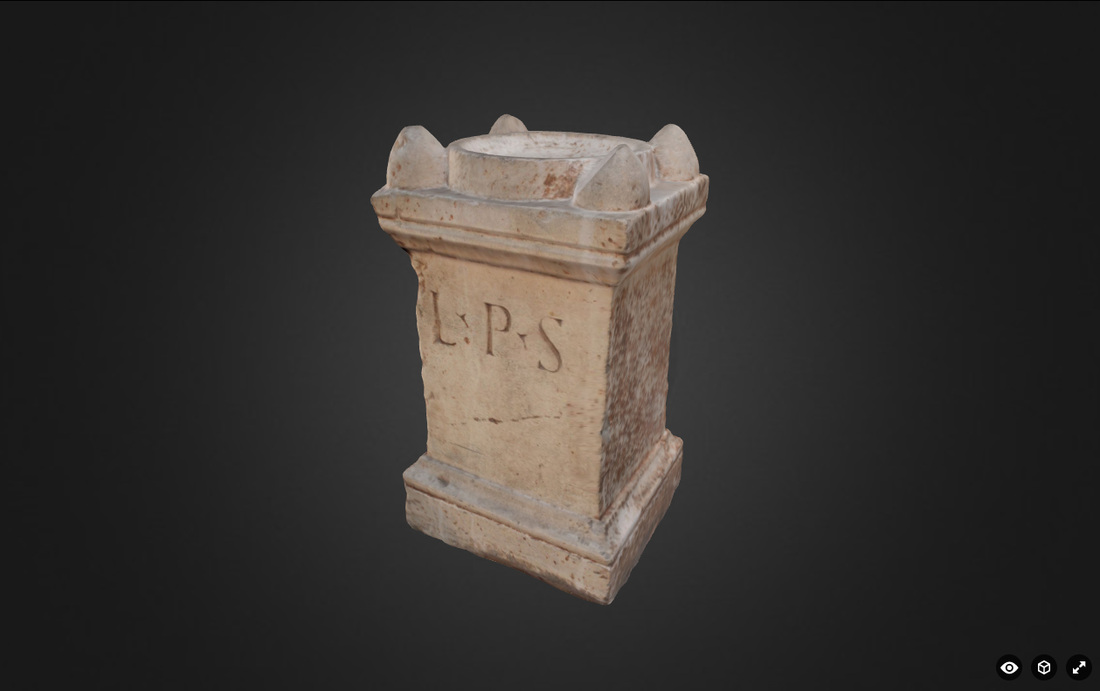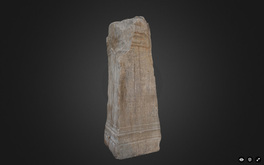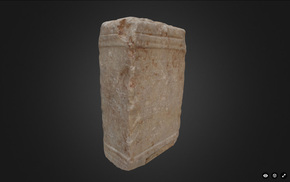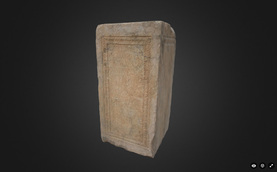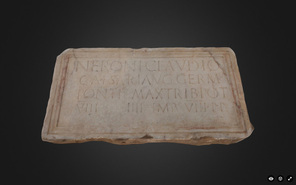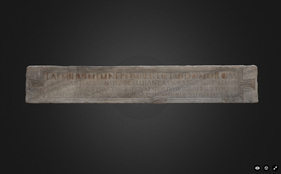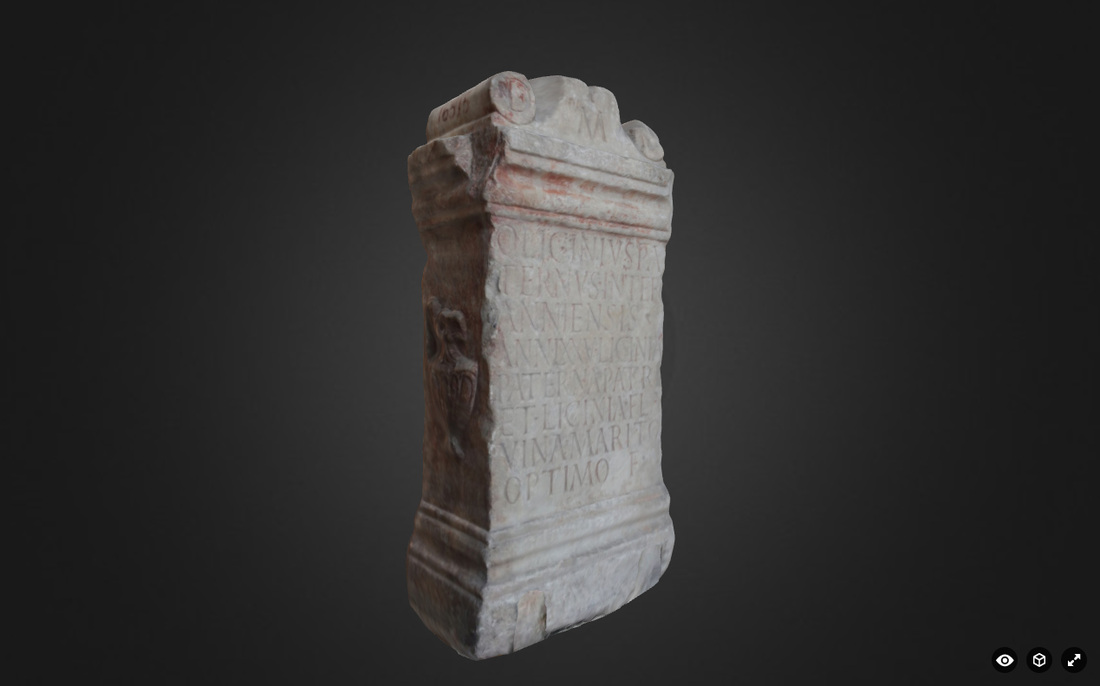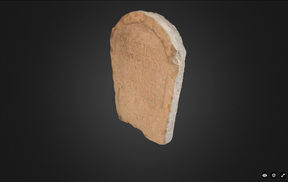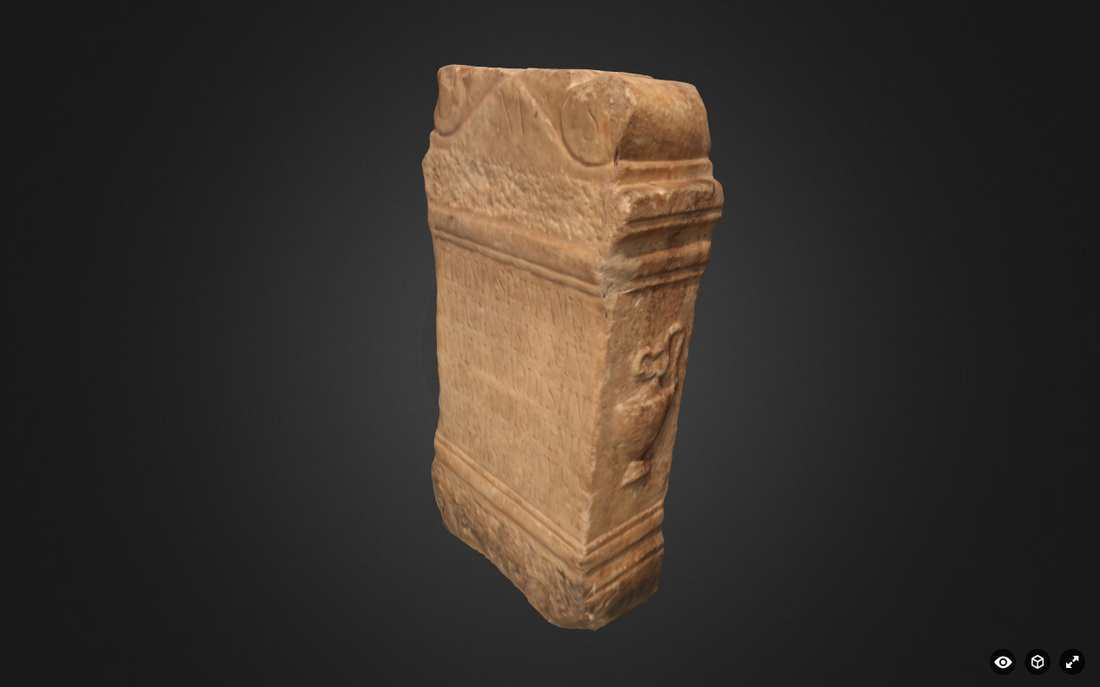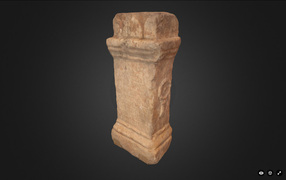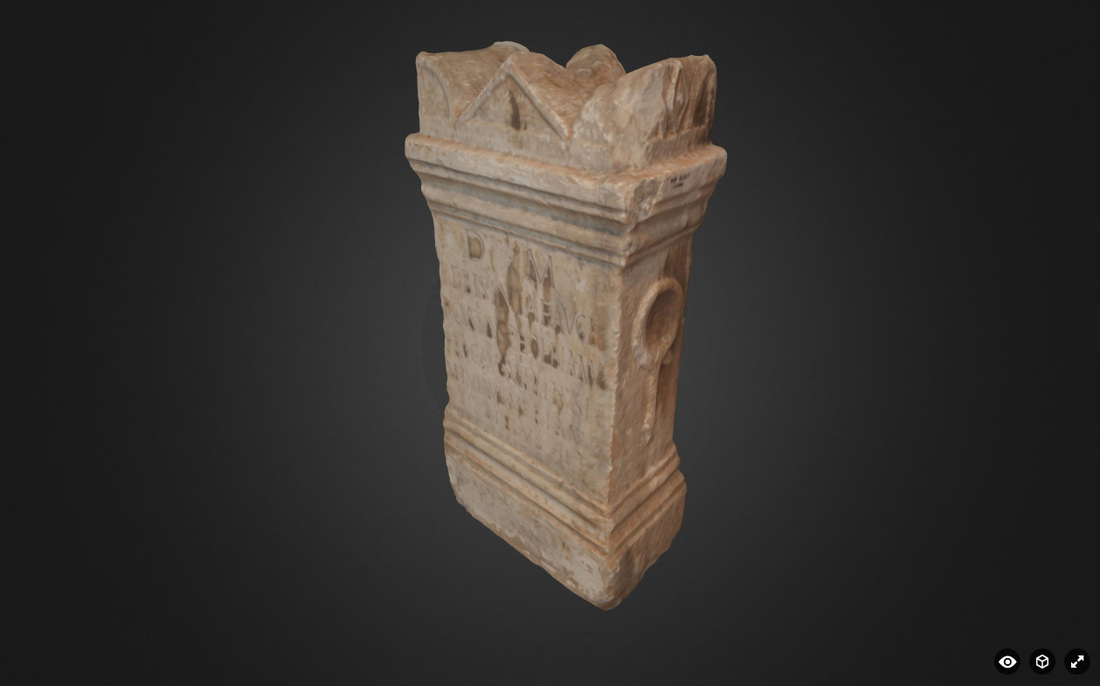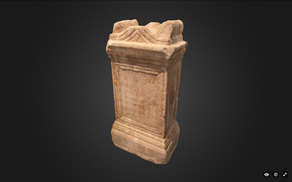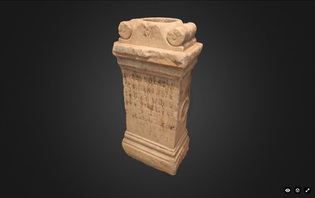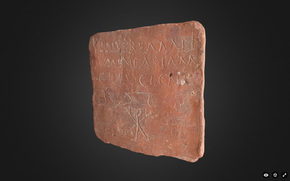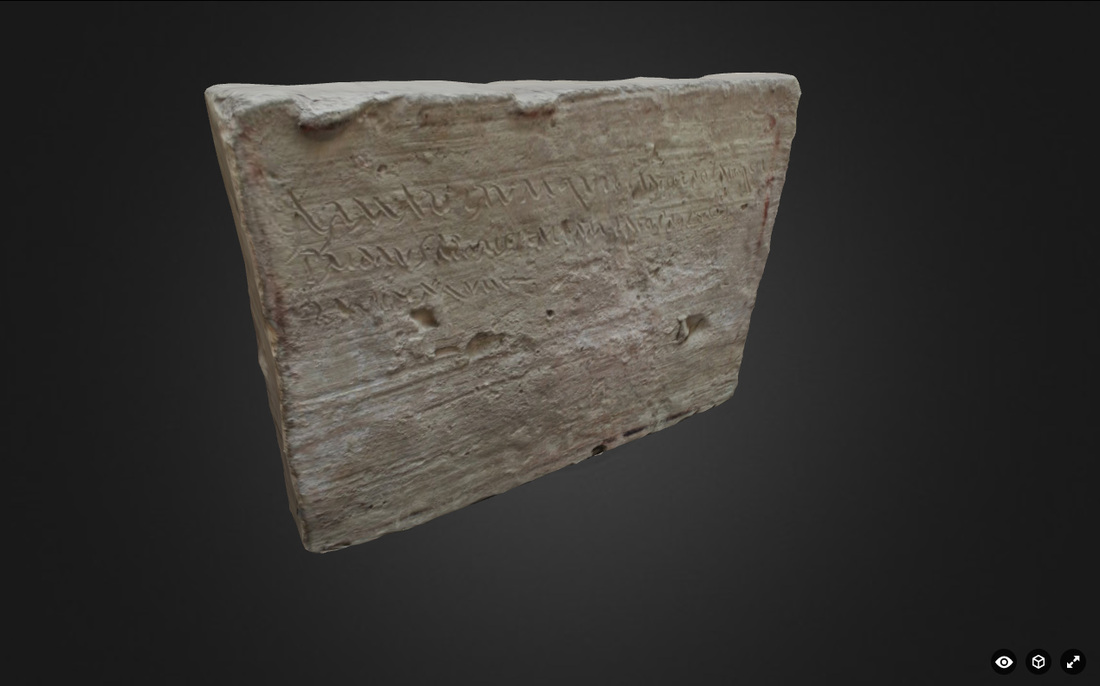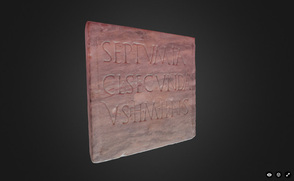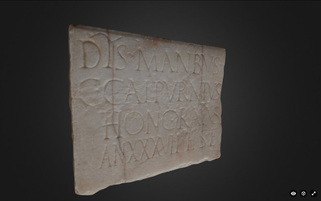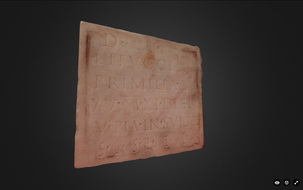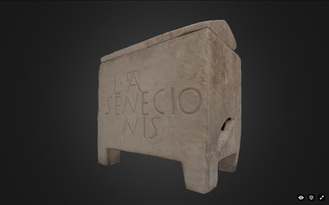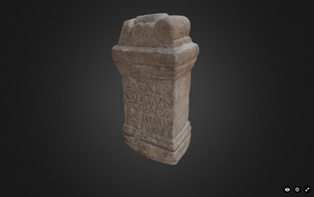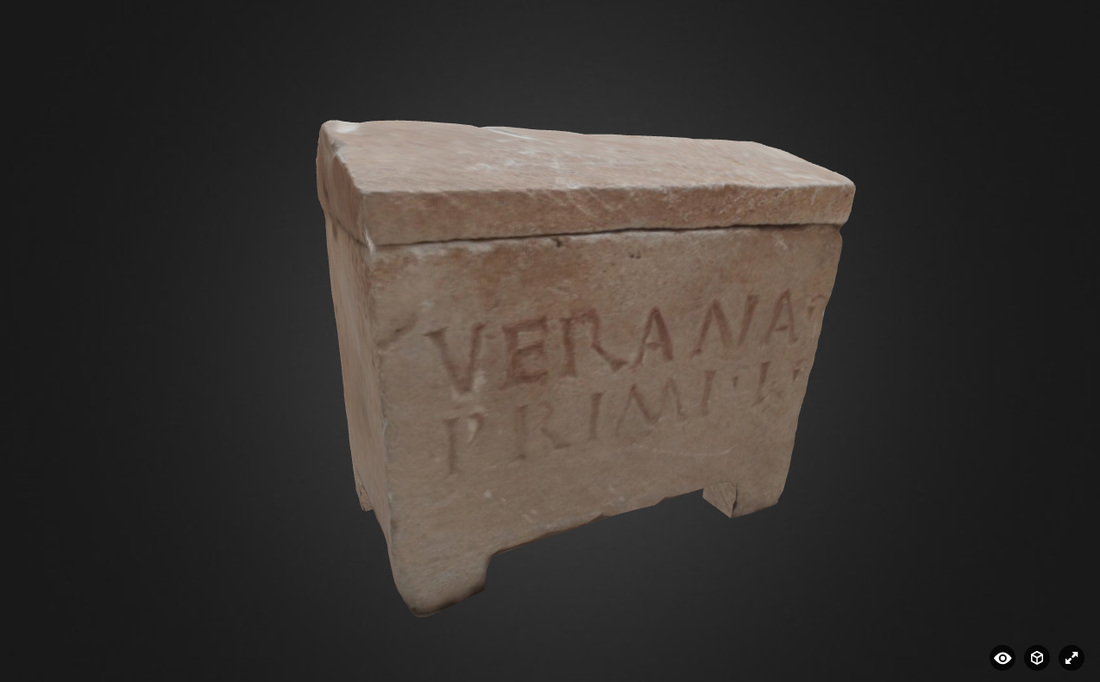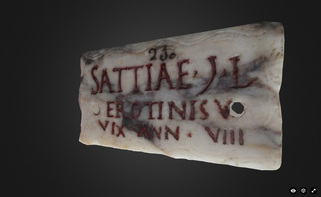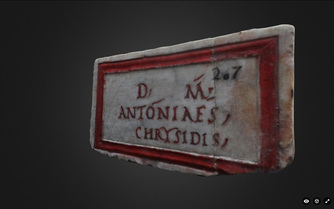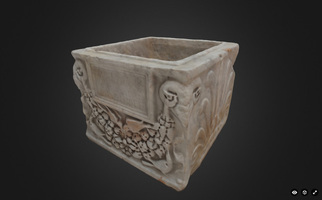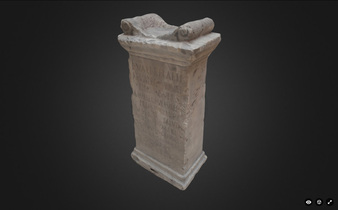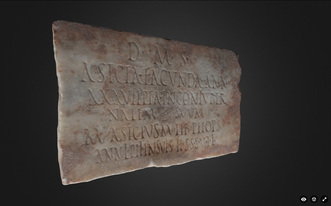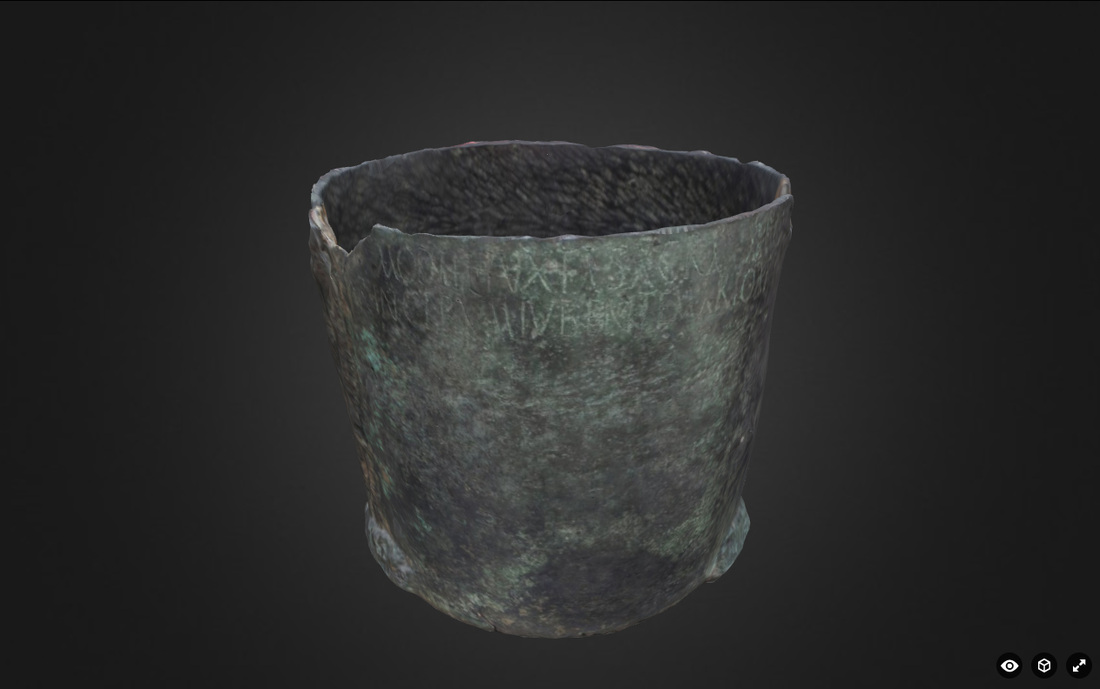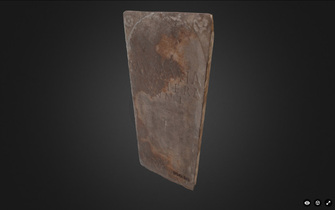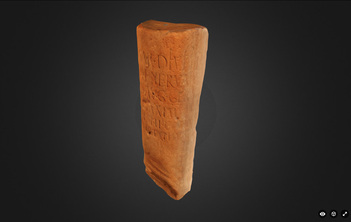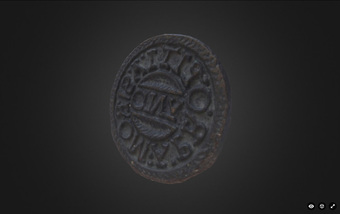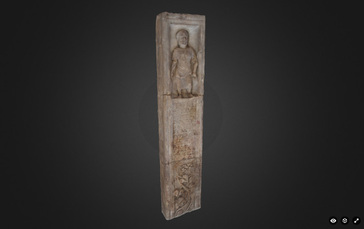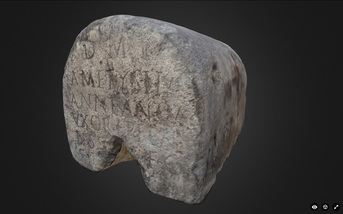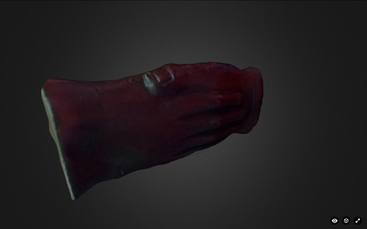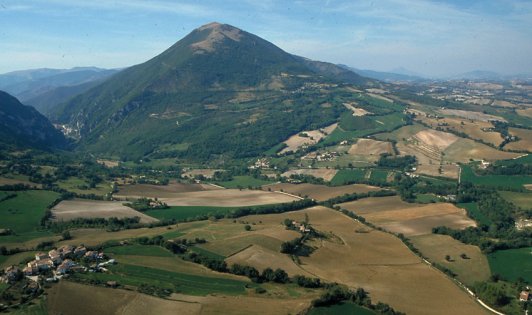Réseaux sociaux et contraintes dans l'Antiquité Tardive. Actes de la journée d'études (Université de Paris Ouest Nanterre La Défense, 27 juin 2013), édités par ARIANE BODIN et TIPHAINE MOREAU, juillet 2014, 331 p. (ISSN 2115-8266).
[publication en ligne : 21/07/2014]
Sommaire
Préface par Ariane Bodin et Tiphaine Moreau - p. 3-6.
Introduction
TIPHAINE MOREAU
Contraintes et réseaux familiaux
CHRISTOPHE BADEL
Abstract: The question of the constraint in the familial strategies appears as a good instrument to detect the tensions within the familial networks. It is not easy to know if the constraints has increased at the end of the Antiquity, in the case of the ascetic vocations as the young girls’ kidnappings. The same goes for the conflicts’ intensity. If the resistance of young ascetics against the parental authority appears as a topos of the hagiographical texts, some modern historians see only about it a rhetorical trick and stress on the contrary the strategies of évitement and wait-and-see policy, of the parents as the children. The familial network mobilized on occasions was restricted to the nuclear family and the close collaterals, but the father did not really control all the process, because of the effective wife’s role.
ARIANE BODIN
Abstract: Even though during the Roman Republic the pagan Roman aristocrats were used to remind the social origin of a grandfather or great-grandfather to establish their legitimacy, the Christian clerics of the late antique period would brag about their female ancestors to build up a Christian family history. From the mid-fourth century, they sang the praises of all the family members who were said to have deliberately chosen the second conversion, i. e. asceticism and chastity.In 1987, Claude Lepelley asserted that Augustine had no choice but to convert to Christianity in 386, and after him, we shall analyse whether the family members of clerics had other options than to choose sanctum propositum.The network approach was useful as it helps avoiding clerical discourses, that tended to present the second conversion as a purely individual and spiritual path. But these people were inserted into a Christian network that seemed to give them a little latitude. This paper shall examine some families of late-antique Italian and African bishops, including those of Damasus of Rome, Ambrose of Milan, Augustine of Hippo and Gregory the Great.
MARIE ROUX
Abstract: This study deals with the usurpations which affected the Gallic dioceses during the fifth century and especially on their repercussions on the destiny of the plotters’ progeny and parents. Having in one’s gens a plotter or even a usurper compelled to set up diverse strategies to live down or bowdlerize this embarrassing episod and, at the end, to get back central autorities’ favours and to keep one’s place into the Gallic aristocratic groups. This compromising past had various consequences from one man to the other. After a probationary time, some of them could access leading political offices anew because they had succeeded in repositioning themselves in aristocratic groups and in regaining central power’s trust. Others, less visible in the sources, had less favorable fates since they were excluded from the political scene and from the most influent aristocratic groups. Therefore, this study will try to highlight the variety of such career paths.
Contraintes comportementales au sein des réseaux
TIPHAINE MOREAU
Abstract: This study looks at books 14 to 16 of Ammianus Marcellinus’ Res Gestae; it investigates the various compulsions that evolve from the social networks of officials under Constantius II between 353 and 357. As a protector domesticus attached to the magister equitum Ursicinus, the Antiochene historian Ammianus is a keen observer, who himself is involved in social interactions at the highest level of the Roman state. Hostile to the Emperor Constantius (337-361) and favorable to his immediate successor Julian (361-363), Ammianus offers us a dedicated and critical perspective on the social networks of the Roman elite. For Ammianus, social coercion results from interactions and behaviour that he considers unjust, inappropriate, and detrimental forgroups of elite individuals, whether they are connected through official hierarchies, family ties, or personal relationships. He argues that cruelty, injustice, and the vices of those in power - Constantius, Gallus and their officials - create fatal compulsions within the networks of social relations.
VINCENT GONCALVES
Otium et decus. Les contraintes du « devoir de loisir » dans les réseaux aristocratiques de l'Occident romain tardif (IVe - Ve s. ap. J.-C.) - p. 137-156.
Abstract: This article analyses the function of domestic leisure in the “being” and “seeming” of aristocracies of Late Antiquity in the West. In order to outline a new approach to the « ideology of otium», and its importance in belonging to an aristocratic network, this scheduling article seeks to connect the political rhetoric and use of the concept of otium with descriptions of concrete practices of leisure. I would consider domestic leisure as an issue of social and cultural changes of Late Antiquity.
Contraintes chez les lettrés et les fonctionnaires impériaux
BERNADETTE CABOURET
Réseau social de Libanios à travers sa Correspondance et les contraintes de la rhétorique- p. 159-176.
Abstract: Basing on some 1544 Libanius’letters (dated from 355 to 365 and from 388 to 393) which have come down to us, we can gather information about the relationships between the Antiochian rhetorician, devoted to the civic ideal, and the other members of the Eastern society, sophists, students, civil servants, ministers, princes’ advisors etc. They maintain ties of different kinds, such as friendship, intellectual complicity and common service. But the letters obey strict literary rules, as it is defined by epistolary tracts, and social duties. Due to the interdependance of networks, one needs diplomatic skills and cleverness. The purpose of such networks may be direct (e. g. letters of recommendations), or indirect, glorifying the recipient and shaping the author’s self-image, the henceforth immortal Libanius.
VINCENT PUECH
Abstract: The coercion on religious life exercised by late antique emperors has often been studied from a merely institutional point of view. It should not be forgotten, however, that the emperor was also able to mobilize social networks in order to ensure the enactment of his decisions. Taking as its starting point volumes II and III of the Prosopography of the Later Roman Empire by J. R. Martindale, this study will focus on the lay representatives of the emperor. It shows that all the dignitaries and officials were concerned with religious policy. Whilst this confirms the sanctity of the court, acts of religious coercion take on different forms according to the hierarchy of courtiers. In addition, individual religious beliefs and geographical origins played a role in the emperor’s choice of his representative. Finally, we will consider the real failures of imperial power in the field of religious coercion.
Pouvoirs et contraintes religieuses
CAMILLE GERZAGUET
Abstract: This article focuses on the part played by Ambrose of Milan in the construction of an episcopal network in Northern Italy which was supposed to fight against Arianism. To control of these new bishops, whose sees had been recently created, Ambrose took advantage of unequal relations between debtors and creditor produced by the episcopal election. The letters clearly reflect how Ambrose made use of these bishops who were in his debt (Felix of Como, Bassianus of Lodi, Gaudence of Brescia) so as to achieve the objectives of the network. By taking its inspiration from the patronus-cliens relationship and from the aristocratic amicitia, the ambrosian leadership maintained the cohesion of this network that was a centralized and hierarchical one, though made up of peers from an ecclesiastical point of view.
CLAIRE FAUCHON-CLAUDON
Contrainte(s) et réseau(x) dans les Vies des saints orientaux de Jean d’Éphèse - p. 241-272.
Abstract: The Lives of the Eastern Saints by John of Ephesus (507-586) is one of the main sources at our disposal in Syriac language which allows us to know anti-chalcedonian circles. Closely related to the miaphysite sphere, John of Ephesus nevertheless strictly converted to the chalcedonian doctrine the populations of Asia Minor that Justinian had entrusted him to (re) convert. Thus, John of Ephesus gives us both an inner and external outlook upon the miaphysite movement. The pressure is exerted in different ways on the antichalcedonian circles, affecting them at several levels. Following the Concile of Chalcedon (451), whole provinces go over to miaphysitism. The emperors’ policies concerning anti-chalcedonians waver between expressions of Union and periods of coercion and repression, which gradually push miaphysites to organize themselves into networks to survive. The birth of these networks thus depends on the constraints bearing on these communities. One should not forget however the other side of the coin, that is the constraints or obligations that these new networks impose on their members. First of all, we will see how, according to John of Ephesus, the miaphysite network was born under constraints and how the constraints that gradually weighed on the network led to the diversification of the initial network, causing its splitting into several entities and the (re)definition of distinct lines of doctrinal thought. Secondly we will examine the constraints exerted within every community organized as a network, in order to examine what the specificity of the miaphysite identity might be. The study of the link between constraint and network in the Lives of the Eastern Saints by John of Ephesus allows us to consider how a writer presents the elaboration of a network. There still remains to know how far this process of interiorization of the constraints implies a conscious project of propaganda and to what extent John of Ephesus is one of the leading elements in this ideological construction.
HERVÉ HUNTZINGER
Abstract: Eugippius’ Vita Seuerini features un peculiar model of leadership in the end of the 5th century. Indeed Severinus, though concealing his aristocrat origin and refusing to accept any institutional position, both civil and ecclesiastical, constrains roman ciues and even Rugi from the cities of Noricum to adopt new religious and social practices (fasting, praying, paying tithe). A careful examination of the document shows that he places himself in the centre of a network, not because he would simply create links with the network members, but because each link he builds allows him to strengthen another link. Thus he manages to give a coercive force to his “advices” by systematically backing them on the intervention of a third party, who clasps the one to whom the order was given in a binding network of constraint.
CAPUCINE NEMO-PEKELMAN
Abstract: Could Jewish judges have had a strong hold on their litigants in the context of Roman hegemony? Since the beginning of the Principate, the Roman Legislation had ruled that the ius gladii exclusively belonged to the provincial tribunals. But there was a gap between these official statements and their local application. As recent scholars have pointed out, municipal magistrates and sub-political communities settled disputes not only in minores but also in majores causae, with the use of coercive forces. In Palestine, during the 3rd and the 4th centuries, rabbinic judges seem to have forced defendants to appear in court and to have enforced judgments, even if, as Hayim Lapin suggests, this power was « episodic and rather fragile ». Another question should also be raised, what would have been the power of Jewish judges, other than the rabbis, the patriarchs, who were the leaders of synagogal communities in the provinces? We hold an imperial constitution given in 392 in Constantinople that ruled they were allowed to settle disputes in religious matters. Such a delimitation could not function as an efficient guarantee for the Jewish courts as religious Jewish rules dealt not only with ritual and purity but also with civil and penal matters. Indeed conflicts of laws and jurisdictions persisted after 392, as attested by imperial constitutions from 393 and 398. The actual power of the judges strongly depended on circumstance and in particular on the political relays and social networks they could activate in both the provincial and central administrations.
Conclusions
ARIANE BODIN
Réseaux sociaux et contraintes dans l'Antiquité Tardive- p. 307-331.







